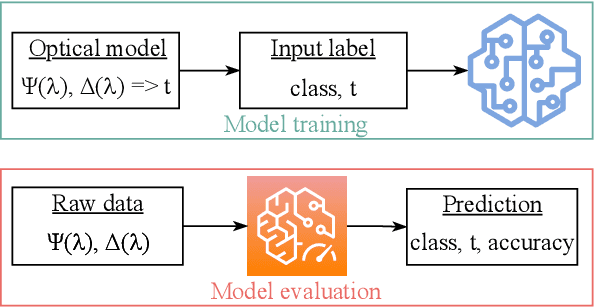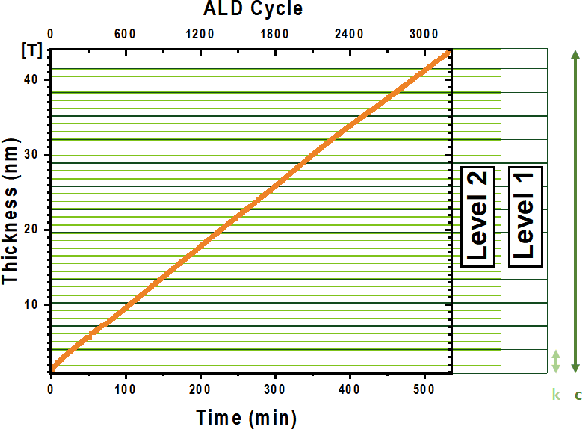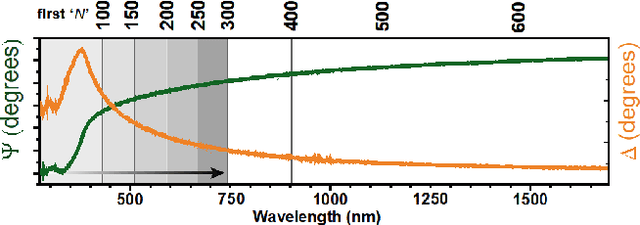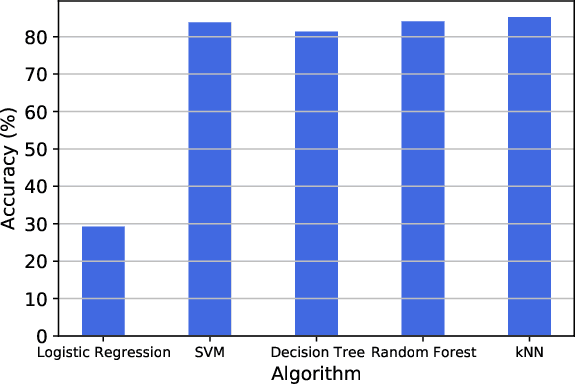Ayush Arunachalam
Enhancing Functional Safety in Automotive AMS Circuits through Unsupervised Machine Learning
Apr 02, 2024Abstract:Given the widespread use of safety-critical applications in the automotive field, it is crucial to ensure the Functional Safety (FuSa) of circuits and components within automotive systems. The Analog and Mixed-Signal (AMS) circuits prevalent in these systems are more vulnerable to faults induced by parametric perturbations, noise, environmental stress, and other factors, in comparison to their digital counterparts. However, their continuous signal characteristics present an opportunity for early anomaly detection, enabling the implementation of safety mechanisms to prevent system failure. To address this need, we propose a novel framework based on unsupervised machine learning for early anomaly detection in AMS circuits. The proposed approach involves injecting anomalies at various circuit locations and individual components to create a diverse and comprehensive anomaly dataset, followed by the extraction of features from the observed circuit signals. Subsequently, we employ clustering algorithms to facilitate anomaly detection. Finally, we propose a time series framework to enhance and expedite anomaly detection performance. Our approach encompasses a systematic analysis of anomaly abstraction at multiple levels pertaining to the automotive domain, from hardware- to block-level, where anomalies are injected to create diverse fault scenarios. By monitoring the system behavior under these anomalous conditions, we capture the propagation of anomalies and their effects at different abstraction levels, thereby potentially paving the way for the implementation of reliable safety mechanisms to ensure the FuSa of automotive SoCs. Our experimental findings indicate that our approach achieves 100% anomaly detection accuracy and significantly optimizes the associated latency by 5X, underscoring the effectiveness of our devised solution.
Machine Learning-enhanced Efficient Spectroscopic Ellipsometry Modeling
Jan 01, 2022



Abstract:Over the recent years, there has been an extensive adoption of Machine Learning (ML) in a plethora of real-world applications, ranging from computer vision to data mining and drug discovery. In this paper, we utilize ML to facilitate efficient film fabrication, specifically Atomic Layer Deposition (ALD). In order to make advances in ALD process development, which is utilized to generate thin films, and its subsequent accelerated adoption in industry, it is imperative to understand the underlying atomistic processes. Towards this end, in situ techniques for monitoring film growth, such as Spectroscopic Ellipsometry (SE), have been proposed. However, in situ SE is associated with complex hardware and, hence, is resource intensive. To address these challenges, we propose an ML-based approach to expedite film thickness estimation. The proposed approach has tremendous implications of faster data acquisition, reduced hardware complexity and easier integration of spectroscopic ellipsometry for in situ monitoring of film thickness deposition. Our experimental results involving SE of TiO2 demonstrate that the proposed ML-based approach furnishes promising thickness prediction accuracy results of 88.76% within +/-1.5 nm and 85.14% within +/-0.5 nm intervals. Furthermore, we furnish accuracy results up to 98% at lower thicknesses, which is a significant improvement over existing SE-based analysis, thereby making our solution a viable option for thickness estimation of ultrathin films.
 Add to Chrome
Add to Chrome Add to Firefox
Add to Firefox Add to Edge
Add to Edge